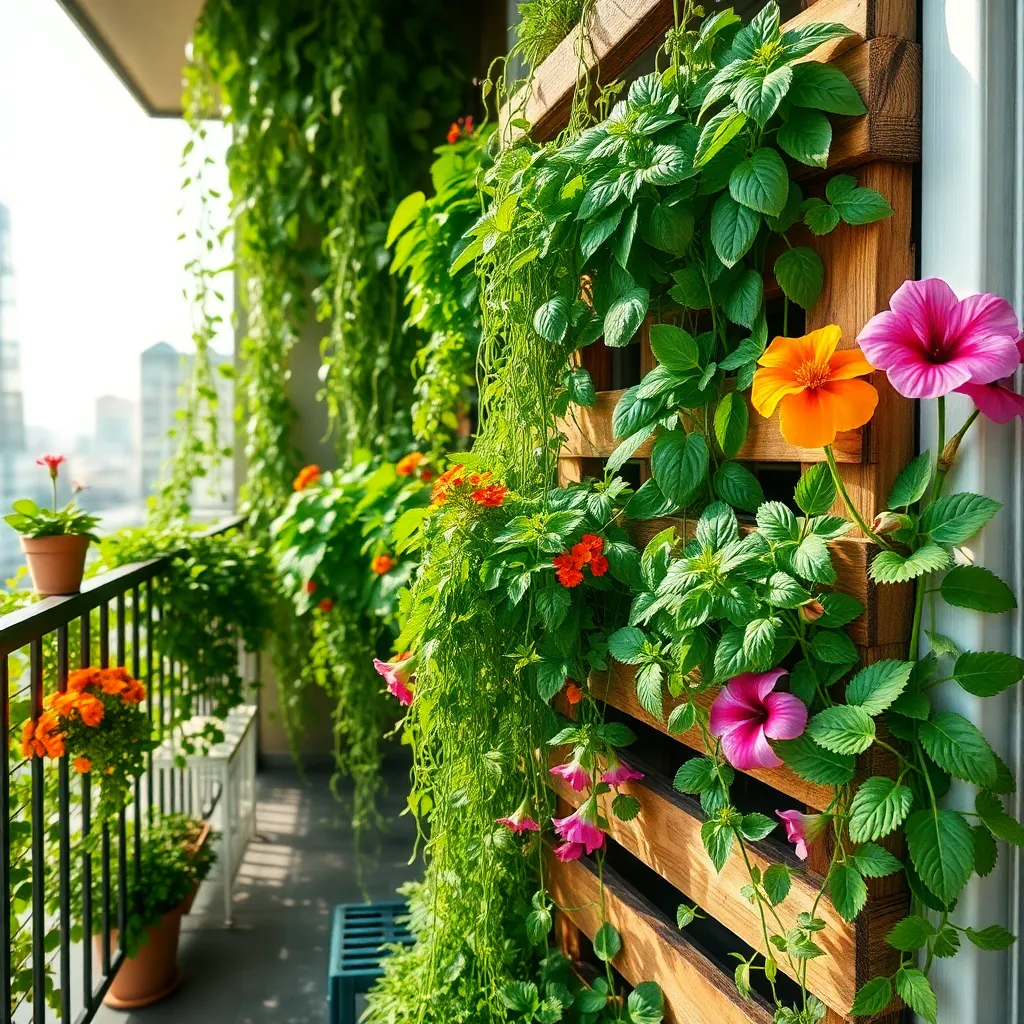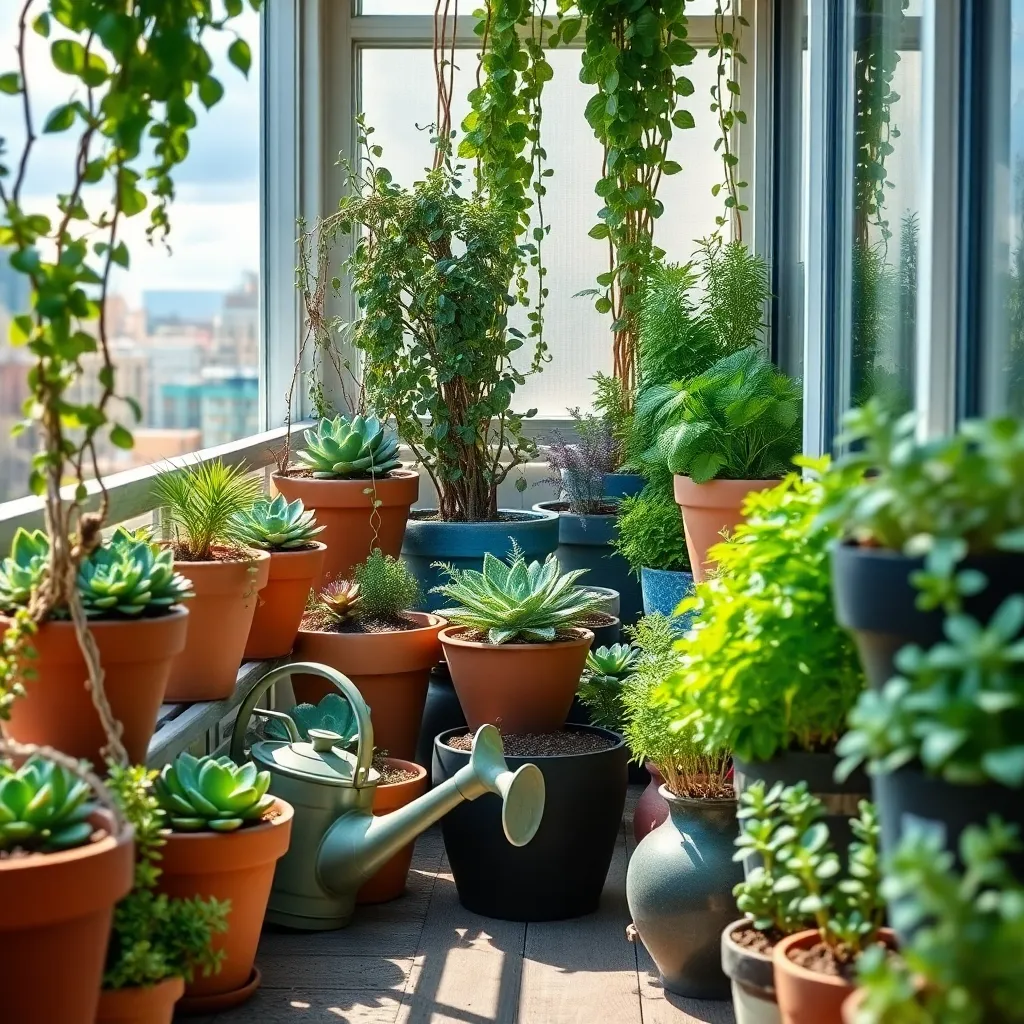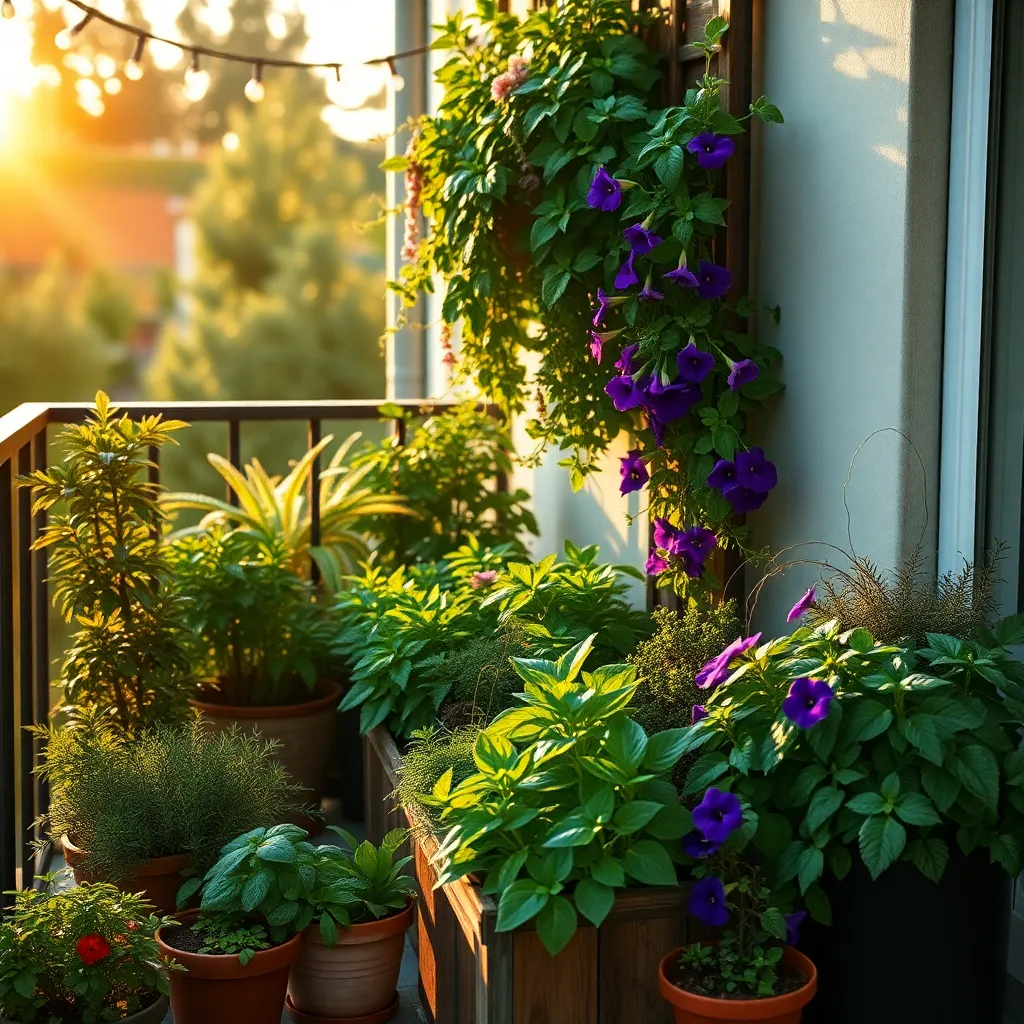Imagine stepping out onto your balcony and being greeted by a lush tapestry of greenery, vibrant blooms, and the heady scent of fresh herbs. Whether you’re a seasoned horticulturist or just beginning your journey with plants, balcony gardening is a delightful and rewarding endeavor that transforms even the smallest spaces into flourishing oases. This artful approach to gardening not only enhances your living environment but also offers the unique satisfaction of nurturing life in the heart of the city.
In this article, we’ll explore how to make the most of your limited balcony space, turning it into a verdant retreat with thoughtful plant selections, strategic arrangements, and clever use of vertical and container gardening techniques. You’ll discover practical tips tailored for both novices eager to start their first garden and experienced gardeners looking to optimize their urban plant havens. Embracing balcony gardening means welcoming nature into your daily life, creating a personal haven that offers peace, beauty, and a touch of serenity amid the urban hustle.
By understanding the intricacies of light, space, and plant compatibility, you’ll be equipped to overcome common challenges and bask in the success of your balcony garden. As we delve into creative solutions and expert advice, you’ll gain the confidence to let your green thumb thrive in any environment. Join us as we embark on this journey of cultivating beauty in compact spaces, proving that no garden is too small to make a big impact.
Maximizing Small Balcony Spaces

Utilizing vertical space is a key strategy for maximizing small balcony gardens. Consider installing tiered plant stands or hanging planters to create a layered look that allows for more plants without sacrificing floor space.
Choose compact, multi-functional furniture like foldable tables and chairs that can be easily moved or stored. This ensures that you have adequate space to enjoy your garden while also making room for additional plants when needed.
Opt for containers that are suitable for small spaces, such as self-watering pots which help manage water efficiently. Self-watering pots are particularly beneficial as they reduce the frequency of watering, ensuring that plants receive a consistent supply of moisture.
For beginners, start with hardy plants like succulents, which are low-maintenance and thrive in sunny areas. Ensure they are planted in well-draining soil to prevent root rot, and position them where they can bask in plenty of sunlight.
Experienced gardeners might explore using trellises for climbing plants like peas or beans, which can add vertical greenery without taking up much horizontal space. Ensure the trellis is securely fastened and the plant is regularly pruned to maintain a tidy appearance.
Invest in quality potting mix that is rich in organic matter to support healthy plant growth. Regularly check the soil moisture level with a finger test—if the top inch of soil feels dry, it’s time to water.
Choosing Compact Plant Varieties

Embracing compact plant varieties is a smart way to make the most of your limited balcony space. These plants are specially bred to thrive in smaller environments, making them ideal for urban gardeners.
Consider starting with dwarf vegetables like cherry tomatoes or baby carrots, which require less room than their full-sized counterparts. For optimal growth, use a well-draining potting mix and ensure your containers have adequate drainage holes to prevent root rot.
For those who love flowers, compact varieties of marigolds or petunias can add a pop of color without overtaking your balcony. These flowers thrive in sunny spots, so place them where they can receive at least six hours of sunlight each day and water them deeply but less frequently to encourage strong root systems.
Herbs are another excellent choice for small spaces, with compact options like basil and thyme fitting perfectly into tight areas. These herbs prefer a lighter soil with excellent drainage and benefit from being pinched back regularly to promote bushier growth and more flavorful leaves.
Vertical Gardening Solutions

When space is limited, vertical gardening becomes a game-changer, allowing you to maximize your balcony’s potential. By using walls, rails, and specially designed vertical planters, you can grow a variety of plants without sacrificing floor space.
Consider using trellises or wall-mounted planters to create a lush, green wall. These solutions are perfect for climbers like peas and beans, which can thrive with minimal soil and care.
Another option is to install hanging planters or tiered shelving units. These can house a variety of herbs and small flowering plants, offering both aesthetic appeal and utility for your culinary needs.
For those new to vertical gardening, start with easy-care plants such as pothos or spider plants, which require minimal attention. Ensure they have adequate drainage and use a light potting mix to prevent root rot.
More advanced gardeners might explore hydroponic systems that allow for more intensive plant production in vertical settings. These systems can support a wider range of plants and require a bit more investment in both time and resources.
Finally, remember that vertical gardens can dry out faster, so regular watering is crucial. Consider installing a drip irrigation system or watering your plants with a spray bottle to ensure they receive consistent moisture without over-saturating the soil.
Efficient Container Use Tips

Maximizing space on your balcony involves using containers efficiently to grow a variety of plants. Start by selecting containers that are the right size for your plants, ensuring they have adequate drainage holes to prevent waterlogging.
Consider using lightweight, stackable containers to make the most of vertical space without overwhelming your balcony’s weight capacity. Materials like plastic or fabric pots are ideal for this purpose, as they are both durable and easy to move.
For optimal plant health, choose a high-quality, lightweight potting mix enriched with organic matter. This type of soil retains moisture well, which is crucial for container gardening where plants can dry out more quickly.
Watering frequency is another key factor; containers generally need more frequent watering compared to ground plots. Check the moisture level daily by sticking your finger about an inch into the soil—if it feels dry, it’s time to water.
For those keen on advanced gardening, consider using self-watering pots, which can help maintain consistent moisture levels and reduce your watering routine. Additionally, grouping plants with similar watering needs in the same container can simplify care and improve plant health.
Maintaining a Healthy Micro-Environment

Creating a thriving micro-environment on your balcony starts with selecting the right soil. Opt for a light, well-draining potting mix that retains moisture without becoming waterlogged.
Watering is crucial but needs careful attention to prevent over-saturation. Check the moisture level by inserting your finger about an inch into the soil; if it feels dry, it’s time to water.
Position your plants according to their light requirements to maintain a healthy balance. For example, place sun-loving plants like tomatoes in direct sunlight, while herbs like mint can thrive in partial shade.
To enhance your micro-environment, consider introducing companion planting. This involves growing plants together that benefit each other, such as basil and tomatoes, which can help deter pests naturally.
Advanced gardeners might explore adding a small compost bin to recycle kitchen waste and enrich the soil. This not only provides nutrient-rich compost but also reduces the need for synthetic fertilizers.
Conclusion: Growing Success with These Plants
In “Balcony Gardening With Limited Space,” we explored five key relationship concepts: the importance of nurturing growth in small areas, the power of creativity in overcoming spatial limitations, the value of patience and persistence, the need for regular care and attention, and the joy of shared accomplishments. These principles mirror the dynamics of a healthy relationship, teaching us that even in constrained circumstances, love and connection can flourish with a little ingenuity and effort.
As an immediate step, consider planning a small gardening project with your partner, friend, or family member, focusing on collaboration and communication. This activity not only strengthens your bond but also reinforces the importance of teamwork in cultivating both plants and relationships.
Remember to bookmark this article for future reference, as it can serve as a gentle reminder of the parallels between tending to a garden and nurturing your relationships. By applying these concepts, you’re setting a foundation for relationship success that thrives on mutual growth and understanding. Embrace the journey ahead with confidence, knowing that your commitment to small, consistent actions will yield a flourishing connection. Save this guide and revisit it whenever you need a dose of inspiration to keep your relationships thriving.

